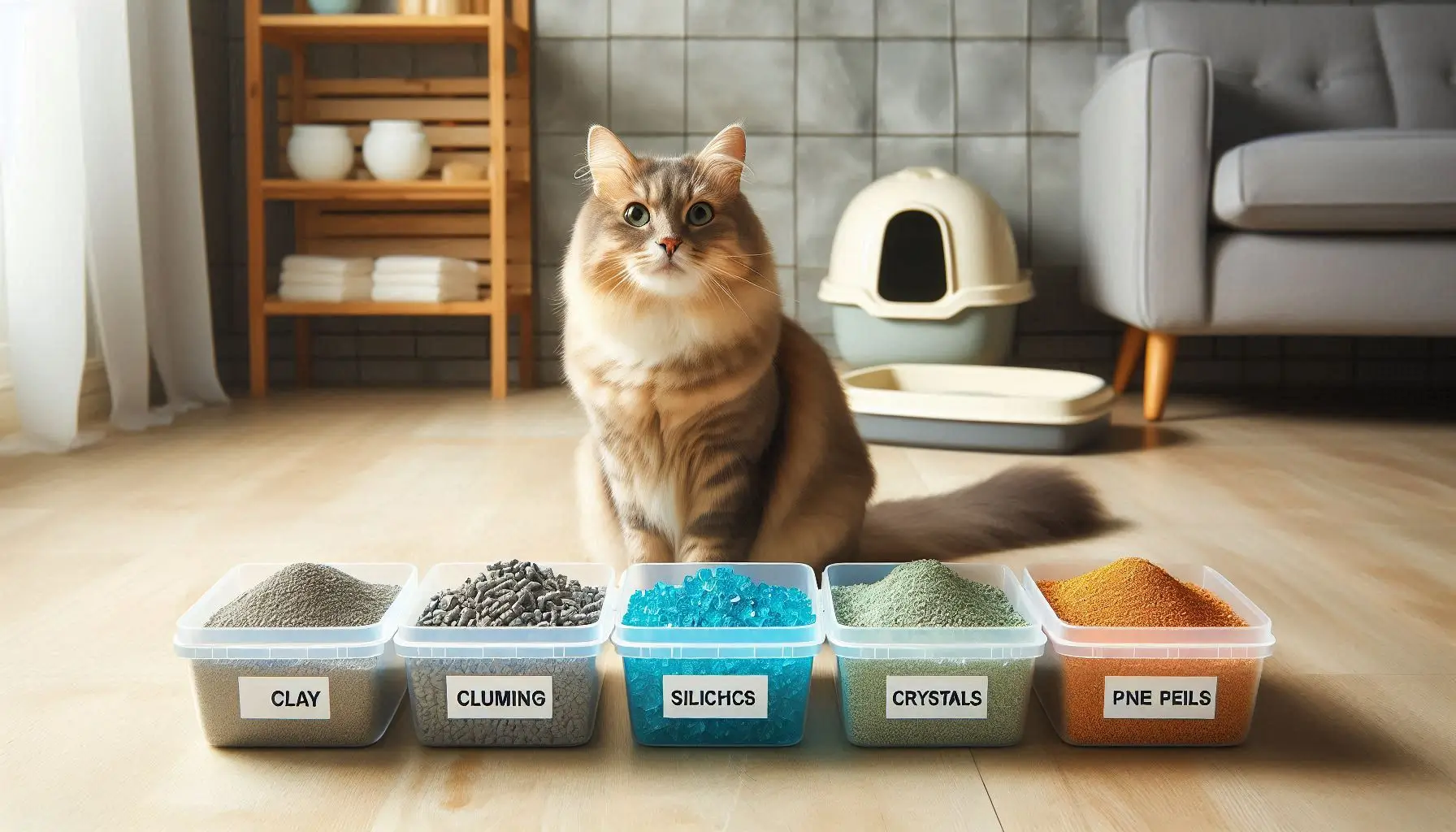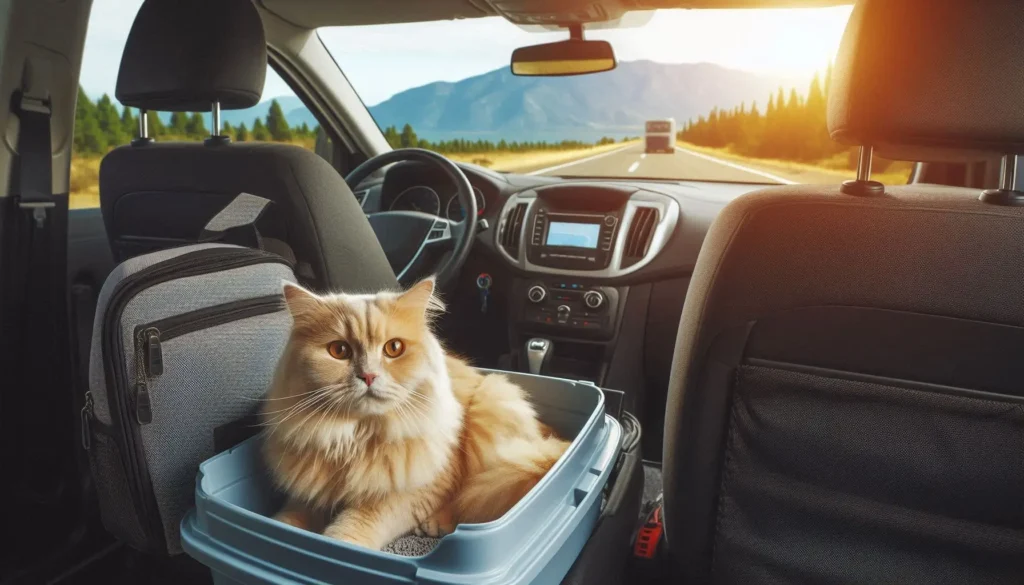What is cat litter? Find out the best type of litter for your cat
We independently research, review, and recommend the best products—If you buy something through our links, we may earn an affiliate commission.

Long ago, people used sand as litter for their cats. Yet, it was not particularly effective at clumping or controlling odors.
In 1947, the first modern cat litter made from clay made an appearance. Which gained great popularity among cat owners.
Lately, new types of litter have begun to emerge. These included crystal litter made from silica gel. And natural litter made from corn, wheat, or recycled paper.
What is cat litter?
Cat litter is a type of material that is used to absorb and contain the waste produced by cats. It’s made from a variety of materials, including clay,silica gel, wood, or plant-based materials. And it’s designed to absorb moisture and odors, making it easier to manage and dispose of cat waste.
How does it work?
There are several types of cat litter in addition to clumping litter. Each with its own unique features and benefits.
Clumping litter
is made from clay, and it’s most commonly made from sodium bentonite. This type of clay swells and forms a clump when it comes into contact with liquid. Which can be easily scooped out and disposed of, leaving the rest of the litter clean and fresh.
Non-clumping litter
This type of litter is made from clay or other materials. Yet, it does not clump when it comes into contact with liquid. Instead, the urine is absorbed into the granules. Although the litter must be completely replaced when it becomes soiled, non-clumping litters are less expensive. And can be used for a longer period of time than clumping litter.
Crystal litter
This litter is made from silica gel crystals. It absorbs urine and releases a pleasant scent. The crystals are generally more absorbent than traditional clay litter. Yet, they can be more expensive.
Natural litter
It can be made from corn, wheat, or recycled paper. They are biodegradable and more eco-friendly than traditional clay litter. And some of them are scented to neutralize odors.
Recycled paper litter
This is an eco-friendly and biodegradable type of cat litter. It is also lightweight and easy to dispose of. Yet, it may not be as absorbent as other types of litter and may not control odors as effectively.
What is the best type of litter for your cat?
The Cat Friendly Veterinary Environment Guidelines recommend using unscented clumping litters with enough depth to allow feces and urine to be buried. They also advised avoiding using wood or recycled paper pellet litters, which can have a strong scent. Especially for cats with degenerative joint disease.
Final Note
The best type of litter will depend, after all, on your cat’s preferences and yours as well. Taking into consideration multiple factors such as cost, odor control, frequency of change, and ease of use, you can then easily determine the best litter to use for your fluffy companion.

Frequently Asked Questions
It is recommended that you use a maximum of 2 inches to 4 inches of litter in your litter box. If there are numerous cats using the litter box, you’ll need 3 to 4 inches of litter to absorb all that urine and clump around.
In fact, anything less than 2 inches will cause unpleasant odors to develop as well as a high probability of inappropriate elimination. On the other hand, too much litter will lead to a mess since most cats will simply kick it outside.
According to the 2022 ISFM/AAFP Cat Friendly Veterinary Environment Guidelines published in the Journal of Feline Medicine and Surgery, the litter box should be 1.5 times the length of your cat from the nose to the tip of the tail. Whereas the width should be equivalent to your cat’s length, the tail is not included. A cat that is about 18 inches long needs a litter box that measures 27” long by 18″ wide. A litter box that most likely doesn’t exist out there. That is why it is best to select the largest and nicest litter box for your beloved cats.
Research was conducted and published in the Journal of Feline Medicine and Surgery regarding this subject. The results showed that out of 28 different cats, 4 showed a preference for covered litter boxes and 4 for open litter boxes. The rest of the cats were happy to use any type of box they provided as long as it was well-cleaned.
This only shows that our cats have unique preferences, and only by getting to know them will we be able to fulfill their needs in the best way possible.
If you have one cat at home, you’ll most likely need to change clumping cat litter every 2–3 weeks. However, if you’re using a non-clumping litter, you’ll have to change the litter completely twice a week.
If you have an automatic litter box, you can perform a deep cleaning once a month. Unless, of course, there is a problem of feces scattering or building up inside the litter box. You will need to clean it more often in that case.
If you have a manual litter box, the litter should be scooped and cleaned at least twice a day.
Cats love to have their cat litter boxes in a corner that is calm, private, and accessible. You’ll also need to keep food away from this spot in order to leave this space dedicated to sanitary activities.



